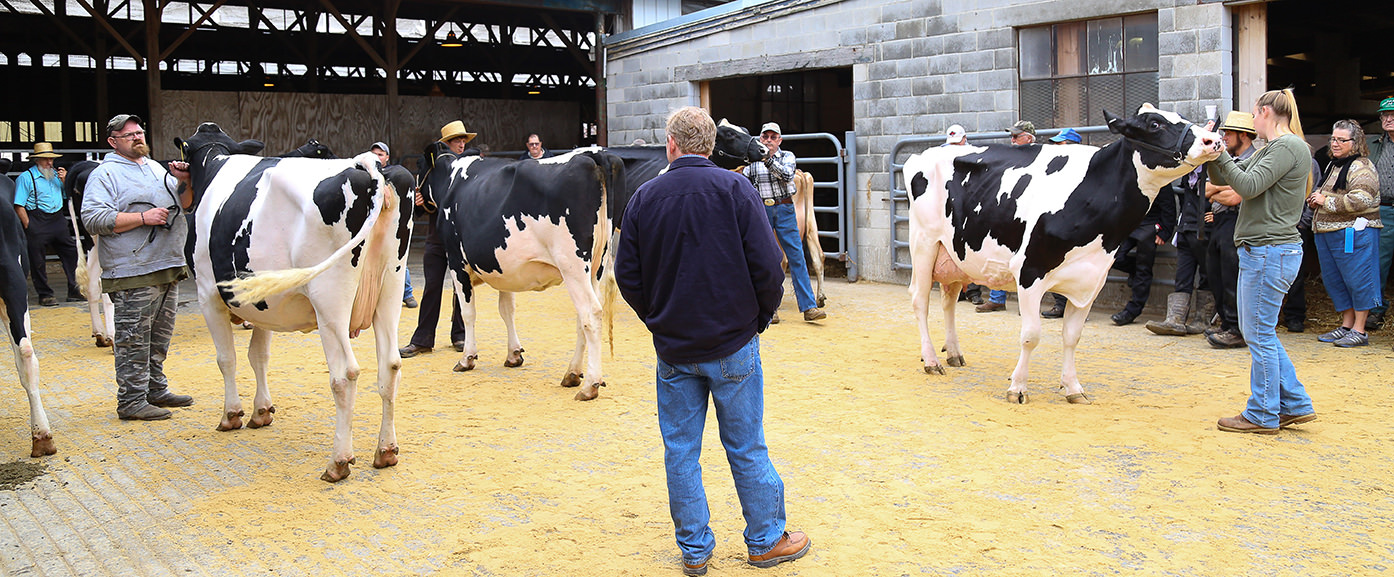
Written by Art Petrosemolo
It has been several weeks since I have had something to blog about. Tina and I were on vacation in Canada for a few weeks and I have been busy catching up on stories and photos for the local newspapers including a piece for Lancaster Farming on the corn maze (that supports the 97% fat free whole milk promotion) on Route 23 out near Morgantown.
I also am researching a story on Garden Spot resident Gary Amey for Destination Magazine on the work he does restoring and repairing aircraft, many for mission groups that fly supplies to Caribbean countries after devastating storms.
As happens with me, sometimes I literally fall into assignments. Remember, I do not believe in serendipity. For me, things happen for a reason. Anyway, Lancaster Farming asked me to photograph a dairy show and sale at the New Holland Sales Stables earlier this week. This is way, way out of my comfort zone but I am always up for a challenge and sometimes do my best work or get lucky…..either works!
The New Holland Sales Stables is one of largest auctions for livestock in the area and buyers for everything from horses and cows to goats and hay arrive at the Fulton Street barns each week for special sales.
From my earlier life, I had developed a love-hate relationship with the site when I did a series of stories on thoroughbreds (racing horses) rescued from the slaughter truck at the barn. It was ironic. I moved 150 miles from New Jersey and Monmouth Park Race Track to within a mile of the stable gate. But that is a story for another time.
I arrived nearly two hours before the sale to get acclimated and watch the show that was held outside the barns and the sales ring. The parking lot wasn’t full but there were lots of cars, trucks and Plain Community buggies. A number of Amish men—many with their young, pre-school children—all were pressed up against the wall of the sales shed or the stable railing.
The show judge was John Becket, a respected dairy farmer and judge from West Freedom, PA. The show format included judging several categories of cows and heifers (heifers, I learned, are cows that have not yet had a calf). The six winners were then judged and a best of show (Grand Champion) was picked as well as a Reserve Champion for second place.
Everyone along the rail had an opinion on who they thought was the Grand and Reserve winners and an Amish dairy farmer said to me “Don’t be surprised if the Reserve Champion sells for more than the Grand Champion. Buyers sometimes see things differently than the judge.”
The crowd moved quickly from the yard to the sales arena with many stopping at the Amish-run concession stand that served the regular fare and some local favorites including chicken corn noodle soup (my favorite).
Before I moved to a spot above the arena to photograph, I stopped to talk to and photograph the owners of both winners and to learn a little about the business for the short story that I had to write to accompany the photos for Lancaster Farming.
The winning cow came from a Northern New Jersey dairy (breeder) farm and the family was quite proud of their four-year old cow who would be sold within the hour and led away to a new farm (which they said was tough to see but part of the business).
In the conversation, the dairy farmer’s wife said, “We need the money!” I commented that yes, I was aware of the depressed dairy business and people drinking Almond Milk (really Almond Juice) and other fake-dairy drinks weren’t helping. When she said it again, I knew it was more serious. She volunteered, “We actually need the money to pay our taxes that are due Friday.”
I was shocked. The family owned 40 breeding cows and 45 milk cows and they were a multi-generation operation and when you hear the dairy market is depressed, it is just words until you come face-to-face with the people affected. I had no response.
I really didn’t need to stay for the sale of the Grand and Reserve Champion cows but there was no way I was leaving after that conversation. I watched dozens and dozens of cows sold including one farm’s entire herd. Nearly 400 cows and heifers were sold during the sale.
When the Grand Champion was led into the sales arena, the auctioneer looked for a starting bid of $3,000 but that wasn’t happening. Most of the cows had sold for between $80 and $1,200.
He took an opening bid of $1,200 and with some cajoling and words from the judge about how good an animal this was and her milk production and ability to calve, the animal sold for $2,000. And as my Amish dairy farmer friend predicted, the Reserve Champion sold for $2,400.
It was “eye-opening” to say the least and another block in my farm education here in Lancaster County. It reminded me of something someone told me years ago, “Live and Learn.”